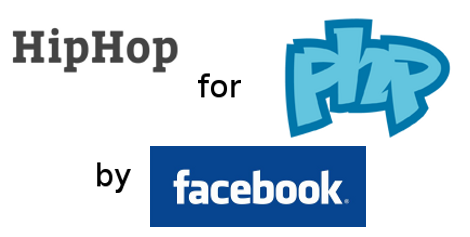
Yes, its true. Facebook has completely rewritten the PHP runtime to make it faster and more efficient, and its completely open source. Named HipHop, its described as a source code transformer, changing PHP into optimized C++ which is then compiled using g++. Thus keeping the best aspects of PHP while taking advantage of the performance of C++. Using HipHop, the Facebook web server CPU usage has been decreased by about fifty percent! And who would have thought that this and many other cool advances in programming, started at a Hackathon.













